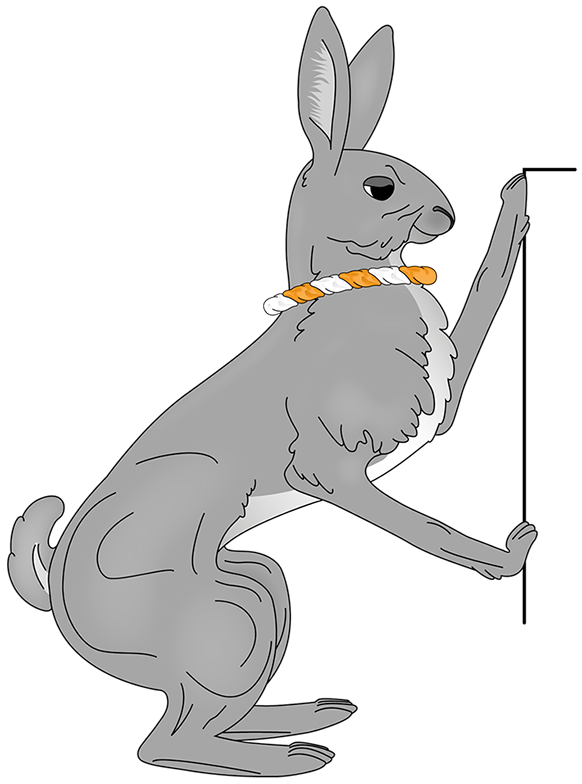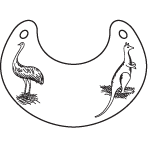Empowering communities...
Empowering communities to determine their own future, to build upon their own unique identities, is the most effective way to build and strengthen them. The Nikolaous Institute of Philanthropy’s core purpose is building and strengthening communities and addressing inequalities. We support bold, controversial, innovative strategies that address the root causes of community issues.
We also believe that the greatest opportunity for everyone to enjoy dignity, security and happiness is in the preservation, restoration, or introduction of traditional systems of leadership and community governance. We are playing our part in building a free, tolerant and inclusive society.
This ethic is embodied in our motto: The welfare of the people is the highest law. When written in Latin it reads: SALUS POPULI SEPREMA LEX.
Learn more.
Charity and philanthropy
Charity and philanthropy are competing and alternative philosophies. Philanthropy differs from charity in the following ways.

Charity
- Developed under early religious concepts of welfare.
- Only accessible once hardship has already set in.
- Preventing hardship is not a charitable purpose by definition (law and tax reforms are changing this slowly, but this breaks with the original definition).
- Creates a cycle of dependency, for example a soup kitchen may be a charitable purpose whereas creating new jobs is not a charity.
- Charity must be apolitical and cannot engage in activities seeking to influence government or change the law (law and tax reforms are changing this slowly, but this breaks with the original definition).
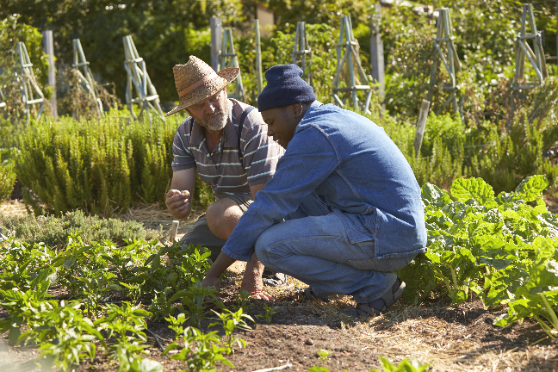
Philanthropy
- Developed as non-religious obligation between individuals and the community. • Ready to help once hardship has already set in, but truly committed to preventing hardship before it starts.
- Preventing hardship is a core philanthropic purpose by definition.
- Seeks to break cycles of dependency, for example, creating jobs may avoid the need for a soup kitchen.
- Philanthropy is a private activity free to be political and can seek to influence government or seek to change the law if it helps the community.
- More simply: Charity is a hand-out, philanthropy is a hand-up.
The logo

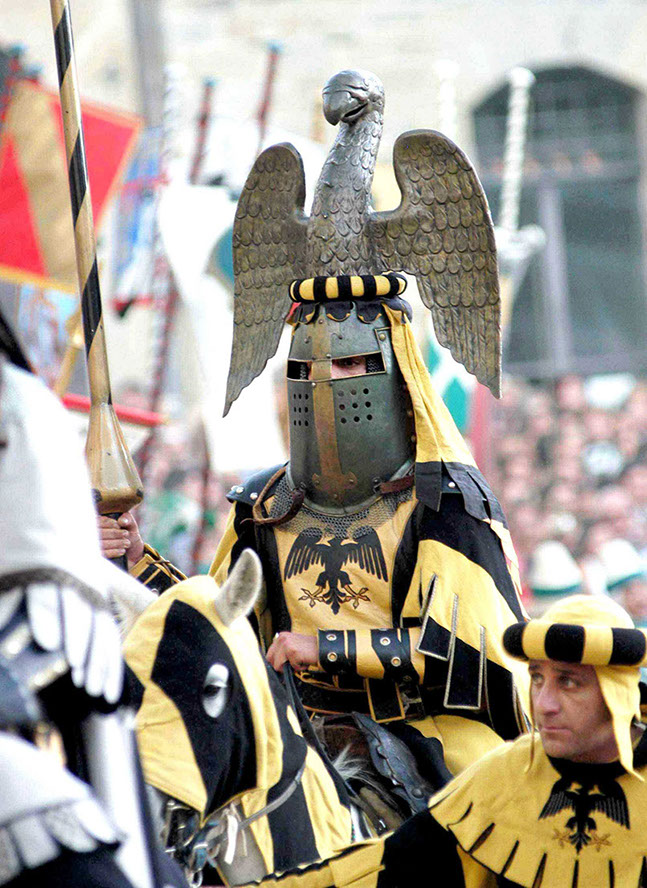
This photo is licensed under the Creative Commons Attribution-Share Alike 3.0, you can view the license and photo details here.
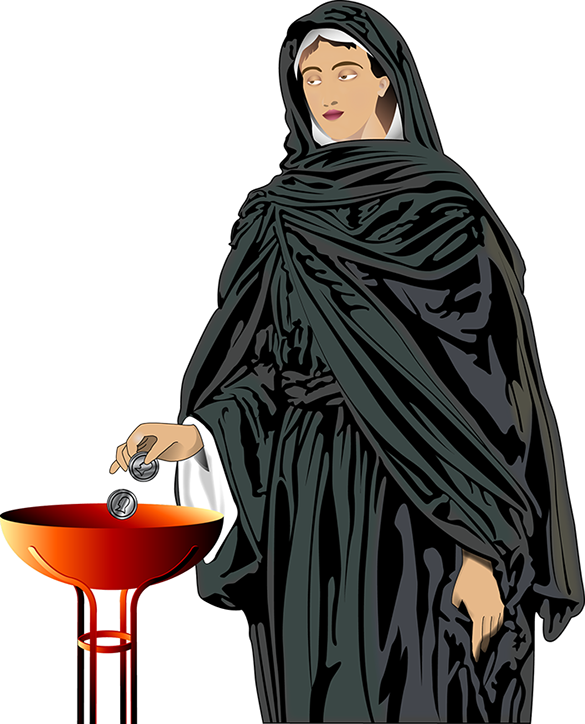


The shield
The ermine, pictured above, is a member of the stoat family, which includes weasels, and is highly prized because of its pure white winter coat with a jet black tail. The ermine's brown summer coat wasn't desirable during the time of year that they could be easily hunted. Only once the winter snow started and hunters faced the greatest hardship did the ermine change to its pure white winter coat. This made ermine prohibitively expensive to all but the highest nobles and officials, like senior judges.


Ermine came to be a sign of office and rank. When ermine was used the black tails were left in place to show that it was authentic. Pictured right is the coronation robe of an English Earl.

